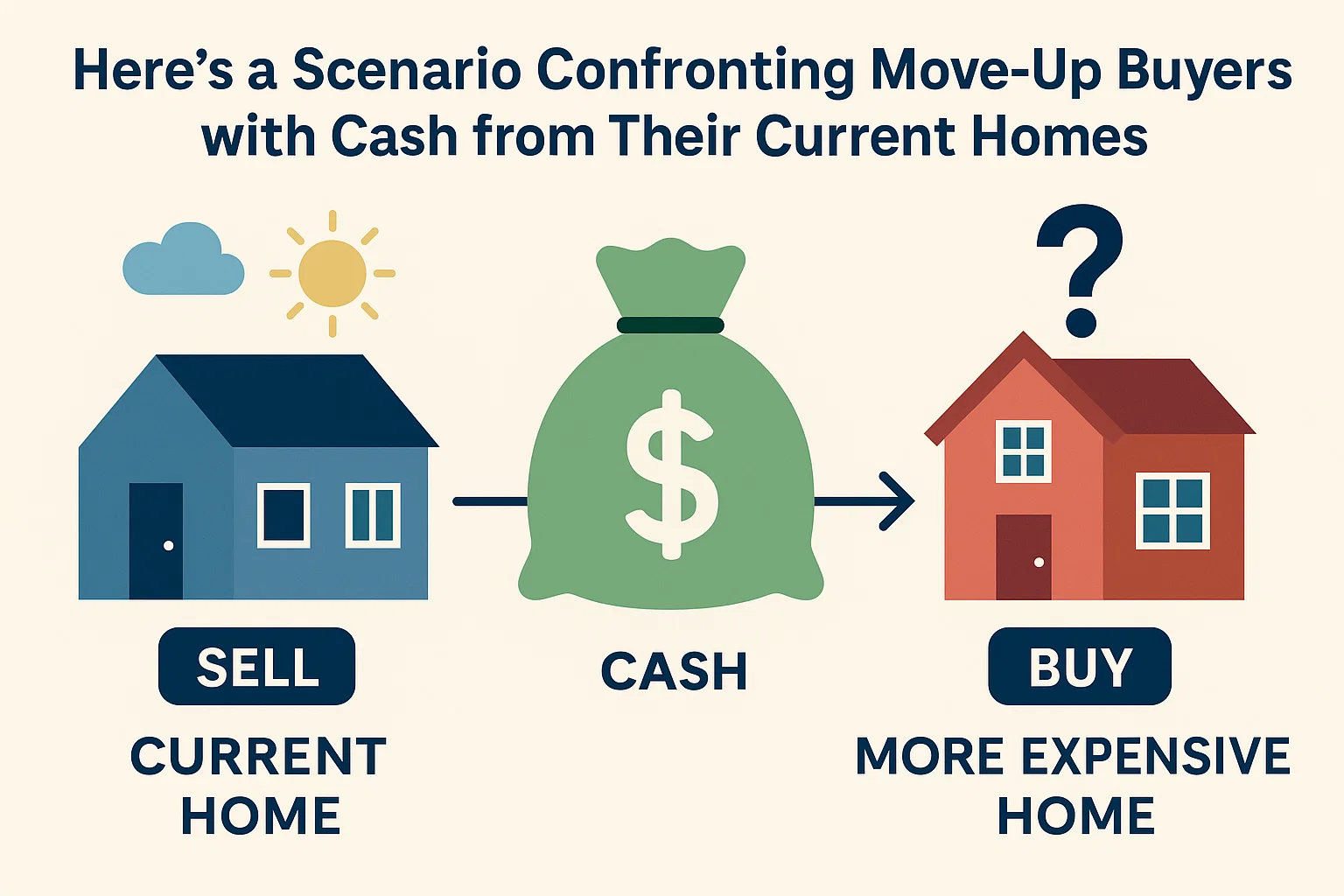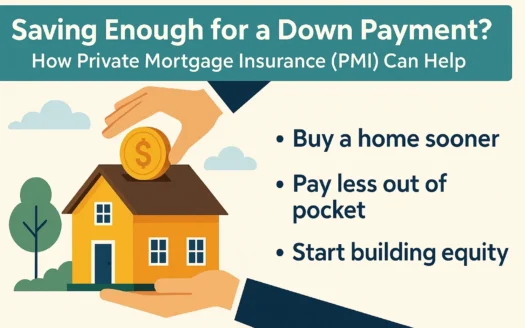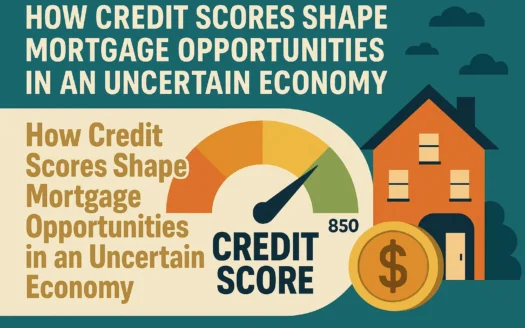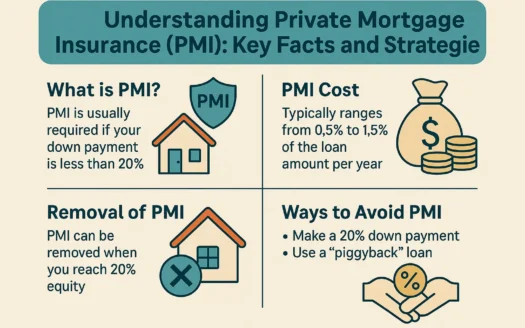Here’s a Scenario Confronting Move-Up Buyers with Cash from Their Current Homes
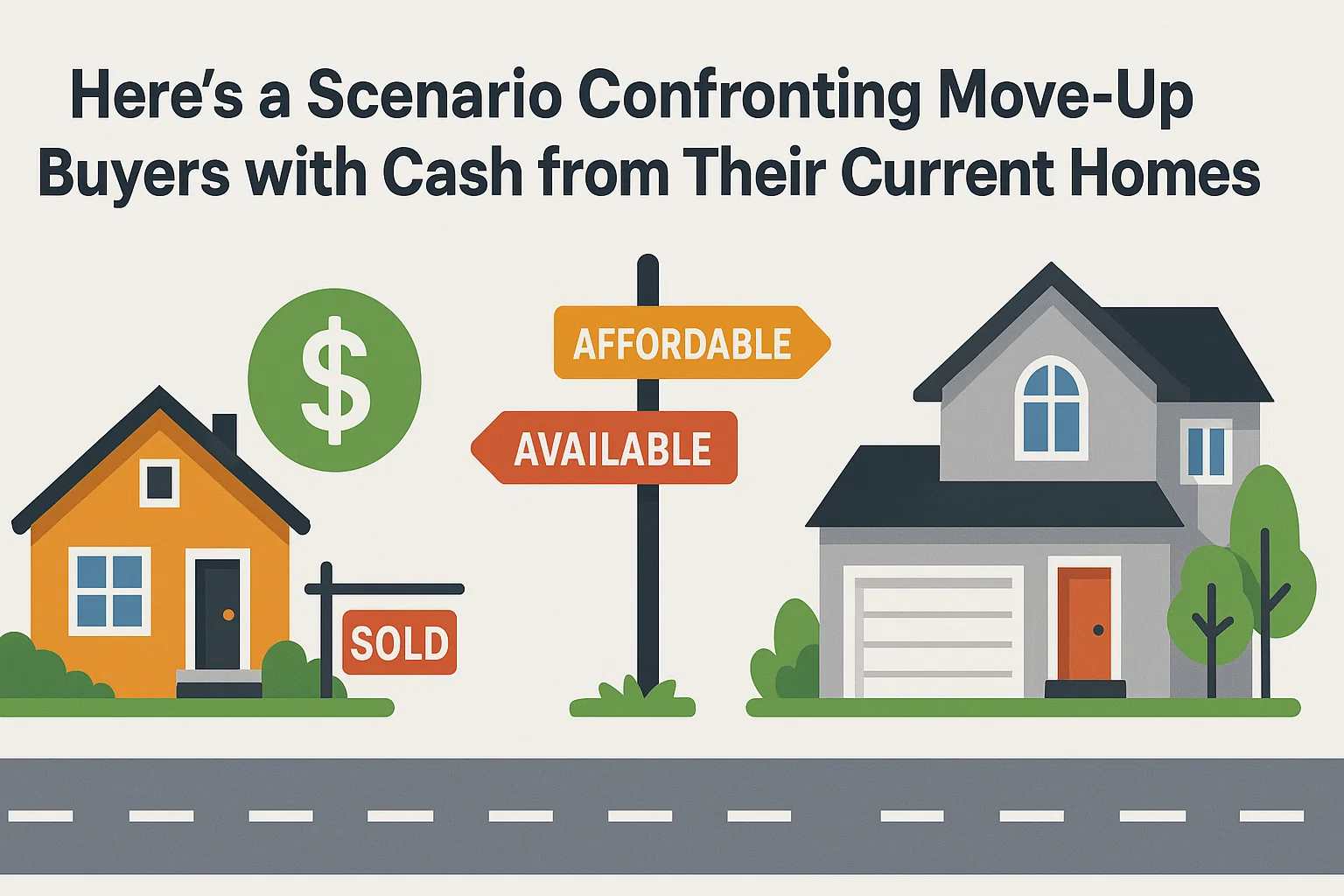
Here’s a Scenario Confronting Move-Up Buyers with Cash from Their Current Homes
Move-up buyers with significant cash from selling their current homes sometimes propose an unconventional strategy: purchasing appliances and carpeting outright from the builder while financing the rest of the house with a mortgage. On the surface, this approach seems logical. Appliances and carpeting have limited lifespans—far shorter than a typical 30-year mortgage. Why pay interest on items that may need replacement long before the loan is paid off?
Lifespan of Common Home Components
According to the National Association of Certified Home Inspectors (NACHI):
- Refrigerators: ~13 years
- Ranges: Less than 13 years
- Dishwashers: ~9 years
- Carpeting: ~10 years
- Heat pumps: 10–15 years
- HVAC systems: Up to 15 years
For buyers planning to stay in their homes beyond 13–15 years, financing these items over decades means paying interest long after replacements are needed. This has led some to consider paying cash for short-lived components and reducing the mortgage amount accordingly.
Key Considerations for Buyers and Lenders
Example: A $250,000 home with $10,000 in appliances/carpeting. Paying $10,000 upfront (plus down payment and closing costs) would leave a $192,000 mortgage with a 20% down payment. However, lenders face challenges with this approach:
- Collateral Risk: Lenders require a fully functional home as collateral. If buyers remove appliances during foreclosure, the property loses value.
- Appraisal Hurdles: Appraisers assess the home’s total value, not individual components. A $250,000 home would still require a $50,000 down payment (20%), regardless of cash payments for appliances.
“Lenders want a move-in ready property as security. Removing key items undermines that.”
— Mat Ishbia, President of United Wholesale Mortgage
A Better Approach: Adjusting the Down Payment
Mortgage experts suggest a simpler solution: increase the down payment by the amount intended for appliances/carpeting. For example:
- Home Price: $250,000
- Standard 20% Down: $50,000 | Mortgage: $200,000
- Increased Down Payment (+$10K): $60,000 | Mortgage: $190,000
This reduces the loan amount without complicating the transaction or risking collateral value.
Historical Context: The Failed “Component Financing” Idea
In the 1980s, a proposal called “component financing” aimed to split mortgages into four parts:
- House (“Box”): 25–30 years
- Amenities (appliances, carpeting): 10 years
- Land: Up to 40 years
- Ground Improvements (sewer, wiring): 5 years
Though mathematically sound, lenders rejected the concept due to complexity and tradition.
Final Notes for Buyers
- Builders typically will not allow third-party installations before closing due to liability risks.
- Lenders require homes to be fully habitable at closing, ruling out “appliance-empty” purchases.
